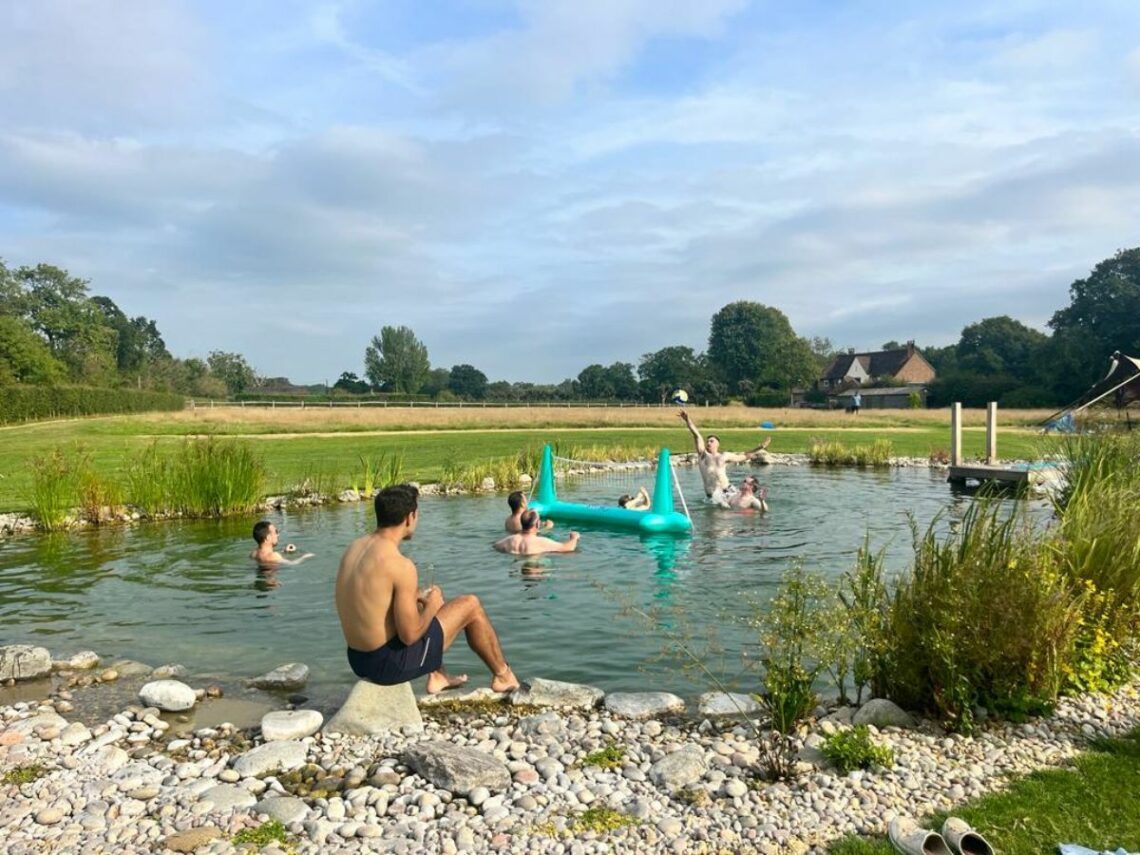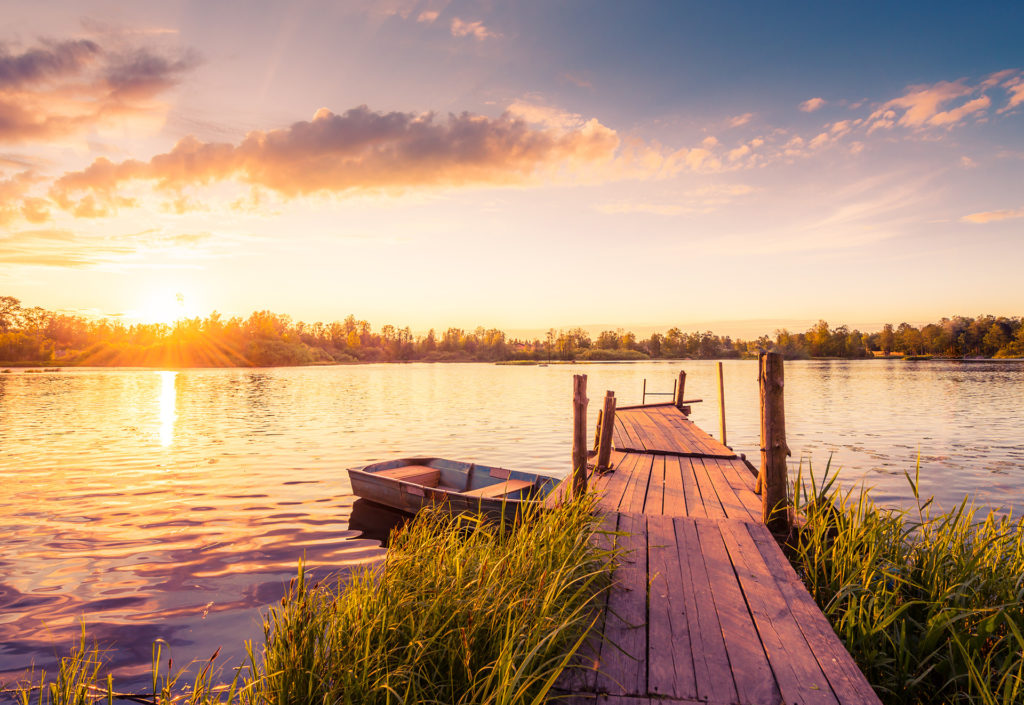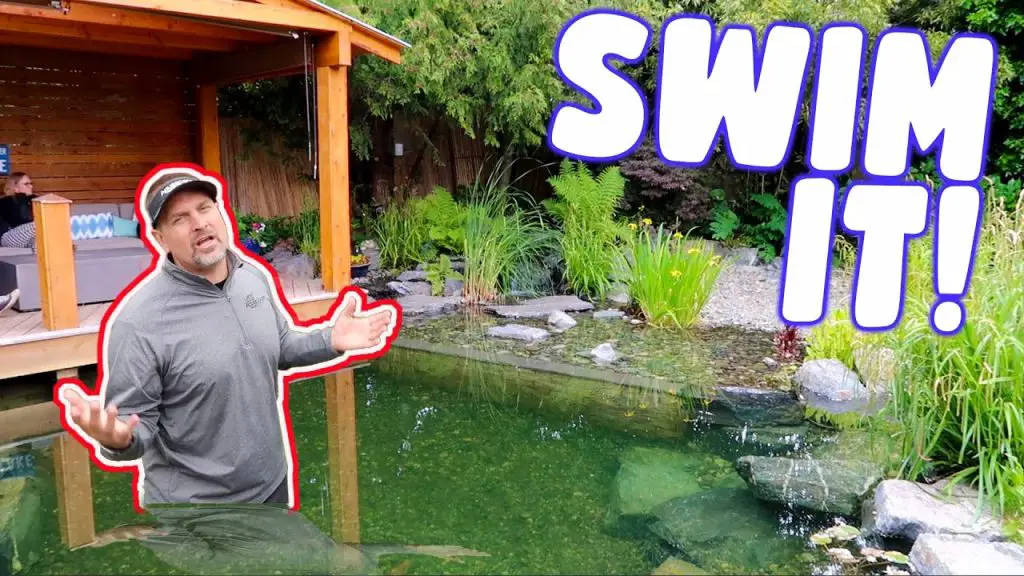Swimming in a pond can be a fun and refreshing activity, especially during the hot summer months. However, many people wonder if it is safe to swim in a pond due to concerns about water quality and potential risks. In this article, we will explore the factors that determine the safety of swimming in a pond and provide tips for ensuring a safe and enjoyable swimming experience.
Factors Affecting Pond Water Quality
Before deciding to take a dip in a pond, it is important to consider the factors that can affect water quality and safety. Some of the key factors include:
- Presence of Contaminants: Ponds can be contaminated with various pollutants such as chemicals, pesticides, and bacteria, which can pose health risks to swimmers.
- Algae Growth: Algae blooms are common in ponds, especially during warm weather. Some types of algae can produce toxins that are harmful to humans and animals.
- Wildlife: Ponds are often home to a variety of wildlife, including birds, fish, and amphibians, which can introduce pathogens into the water.
- Runoff: Rainwater runoff from surrounding areas can carry pollutants into the pond, affecting water quality.
Testing Pond Water Quality
One way to determine if it is safe to swim in a pond is to test the water quality. There are several parameters that can be tested to assess the safety of pond water, including:
- Bacteria Levels: High levels of bacteria such as E. coli can indicate contamination and pose a risk to swimmers.
- pH Levels: The pH of pond water should be within a certain range to support aquatic life and indicate good water quality.
- Temperature: Water temperature can affect the growth of algae and bacteria in the pond.
- Clarity: Clear water is generally a sign of good water quality, while murky water may indicate contamination.
Ensuring Safe Swimming in a Pond
While swimming in a pond can be an enjoyable experience, it is important to take precautions to ensure your safety. Here are some tips for safe swimming in a pond:
- Check Water Quality: Before swimming, consider testing the water quality or checking for any posted advisories or warnings.
- Avoid Swimming After Heavy Rain: Rain can wash pollutants into the pond, so it is best to wait a day or two after heavy rain before swimming.
- Stay Away from Algae Blooms: Avoid areas of the pond with visible algae blooms, as they may contain harmful toxins.
- Shower After Swimming: Rinse off in a shower after swimming to remove any contaminants from your skin.
- Supervise Children: Always supervise children while swimming in a pond to ensure their safety.
Benefits of Swimming in a Pond
Despite the potential risks, swimming in a pond can offer several benefits, including:
- Connection with Nature: Swimming in a natural pond allows you to connect with the outdoors and enjoy the beauty of the environment.
- Physical Exercise: Swimming is a great form of exercise that can help improve cardiovascular health and muscle strength.
- Stress Relief: Spending time in nature and swimming in a pond can help reduce stress and promote relaxation.
- Cost-Effective: Unlike swimming pools, swimming in a pond is usually free and accessible to the public.

Credit: www.pondandgardendesign.co.uk

Credit: aeclakes.com
Conclusion
So, is it safe to swim in a pond? The answer ultimately depends on the specific pond and its water quality. By taking precautions, testing water quality, and staying informed about potential risks, you can enjoy a safe and refreshing swim in a pond. Remember to always prioritize your safety and well-being while enjoying the great outdoors!





